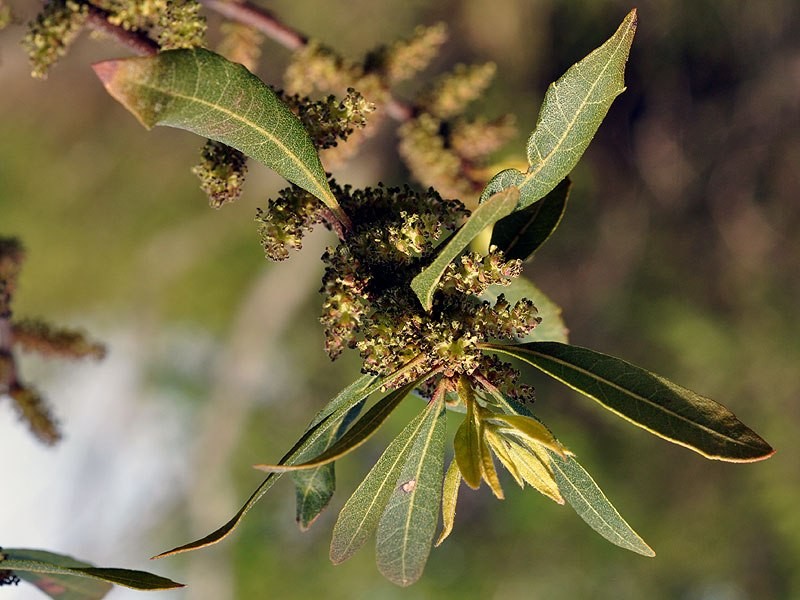Southern wax myrtle
(Morella cerifera)

Description
Myrica cerifera is a small evergreen tree or large shrub native to North and Central America and the Caribbean. Its common names include southern wax myrtle, southern bayberry, candleberry, bayberry tree, and tallow shrub. It sees uses both in the garden and for candlemaking, as well as a medicinal plant. Myrica cerifera is a small tree or large shrub, reaching up to 14m tall. It is adaptable to many habitats, growing naturally in wetlands, near rivers and streams, sand dunes, fields, hillsides, pine barrens, and in both coniferous and mixed-broadleaf forests. M. cerifera can weather coastal storms, long droughts, and tropical high temperatures. In nature, it ranges from Central America, northward into the southeastern and south-central United States. Wax Myrtle can be successfully cultivated as far north as the New York City area and southern Ohio Valley. It also grows in Bermuda and the Caribbean. In terms of succession, M. cerifera is often one of the first plants to colonize an area. M. cerifera is an evergreen. The glandular leaves are long, have a leathery texture and serrated edges, and contain aromatic compounds. The plant is dioecious, with male and female flowers borne in catkins on separate plants. Male flowers have three or four stamens, and are surrounded by short bracts. The female flowers develop into fruit, which are globular and surrounded by a natural wax-like coating. The species flowers from late winter to spring, and bear fruit in late summer or fall. No endosperm is present on the seeds. M. cerifera can also reproduce clonally through runners.
Taxonomic tree:







